Little Beaver Historical Society Podcast
Historic Sound: Industrial Beaver County
Listening to History
Historically Significant Sound Projects
The Kitchen Sisters
DESCRIPTION: The Kitchen Sisters, award winning radio producers and audio artists Davia Nelson & Nikki Silva, have been creating documentaries and educational projects together since 1979. They are the creators of hundreds of stories for NPR, public broadcast and podcast about the lives, histories, art and rituals of people who have shaped our diverse cultural world.
Featured audio work:
Lost & Found Sound
DESCRIPTION: “Lost & Found Sound” is a national collaboration that went on air in 1999. It chronicles American life through recorded sound. In 2001-2002 The Kitchen Sisters created and spearheaded The Sonic Memorial Project, a collection of radio stories and audio artifacts, a website and archive commemorating the life and history of the World Trade Center and its neighborhood.
National Recording Registry
DESCRIPTION: Each year since 2002, the National Recording Preservation Board (NRPB) and members of the public have nominated recordings to the National Recording Registry. The depth and breadth of nominations received highlights the richness of the nations” audio legacy and underscores the importance of assuring the long-term preservation of that legacy for future generations.
Cities and Memory
DESCRIPTION: Cities and Memory is one of the world’s biggest sound projects, a global, collaborative sound art and field recording programme with the aim of remixing the world, one sound at a time. It covers more than 100 countries and territories with 5,000+ sounds and more than 1,000 contributing artists. Thousands of field recordings, recomposed and reimagined by artists around the world to create a new, alternative world of sound – you can explore the sounds via the global sound map or by subscribing to our podcast.
Obsolete Sounds
DESCRIPTION: “Obsolete Sounds” is the world’s biggest collection of disappearing sounds and sounds that have become extinct – remixed and reimagined to create a brand new form of listening. Each sound in the project is recomposed and reimagined by artists, as they reflect on how the sounds of our world are changing and being lost every day – bringing a new perspective to how we listen. From buzzing modems and the whir of old VHS and cassette tapes to the changing soundscapes of our urban, cultural, industrial and natural worlds, the project documents the sounds we’ve already lost – and those that we’re in danger of losing.
Sound Extinction
When Sounds Disappear, We Hardly Notice
The acoustic worlds around us change and evolve over time. As new sounds appear, others go silent, as Bernie Krause demonstrates in his work as a field recordist. But sound comes from sources, and changes to soundscapes signal alert us to the status and condition of sources. Are they new? Have they changed? Have they disappeared?
Recoding and documenting natural and social soundscapes helps us understand these sonic shifts around us, which are sometimes too subtle for us to notice in real time. If these changes go unnoticed, we might miss important opportunities to study and understand their root causes and what effects we might experience.
Bernie Krause has been recording wildlife sounds, or “soundscapes,” for over forty years. He’s amassed the largest archive in the world, and in doing so, can chart how wildlife sounds have changed over the course of climate change. Listen for yourself: the rising silence speaks volumes. ~Great Big Story, YouTube
Sound Alerts
We are immersed in sound, and for most of us we take for granted the everyday sounds around us. There is good reason to do this, of course. We have to filter our noise from important information–and a lot of environmental sound is simply unimportant noise.
Most people are very good at distinguishing between important and non-important sounds, although this is often a highly subjective activity. However, some sounds are universally important to everyone–such as audible warning signals or alert sirens. These sounds are quite significant because our safety and well being depend on them. But historians may also find these sounds historically significant because when understood in context they take on social and cultural meaning as well. Take for example the distinct and iconic sounds of London’s klaxon air raid sirens during WWII. “The spine-tingling wail of air-raid sirens has become one of the defining sounds of warfare, a waxing and waning alert to imminent aerial threat.” (National Geographic).
When we hear klaxon sirens we don’t think of the technicality of alternating pitches of sound pressure waves, but instead we are drawn deep into history, into the fire and Hell-storm of bombs dropping on London. That’s a dramatic generalization, of course, but the point is that sound is as much a part of the historical record as any other artifact. And these life-sounds can and should be captured, preserved, and shared by historians.
Beaver County's Own Emergency Alert Sound
Sound Historians in Action: Saving Moravian Musical Soundscapes
The Friedenstadt Moravian settlement along the shore of the Beaver River near Wyandot Town.
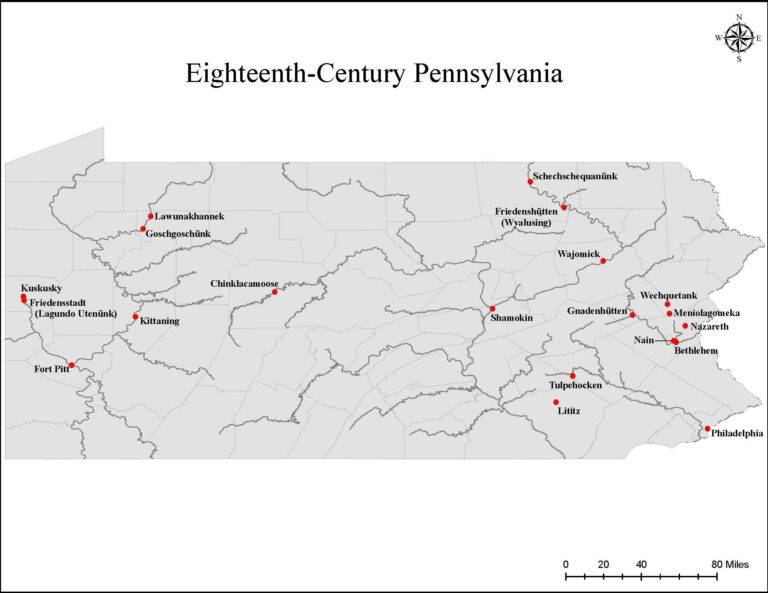
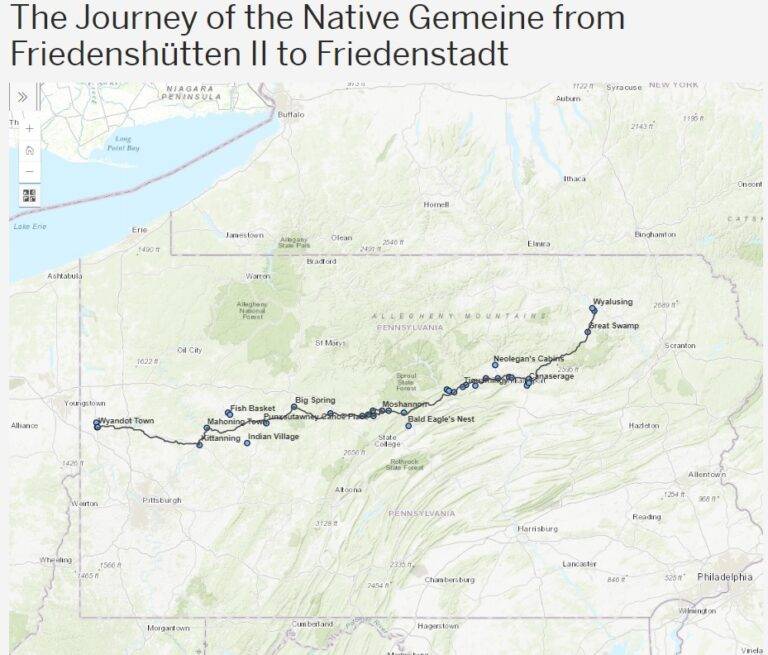
Many Beaver Countians are aware of the Moravia Presbyterian Church located along Rt. 18 in Wampum, Pennsylvania. A local historical marker titled Friedensstadt explains: “Founded 1770 by Christian Delaware Indians brought from upper Allegheny by the Reverend David Zeisberger. Settling on the eastern river-bank on May 3, they moved to the west side about three months later . . . Abandoned April 13, 1773, when its inhabitants, with the Reverend John Heckewelder, moved to new towns on the Muskingum in present Ohio. There some of them were massacred, March 8, 1782, by Pennsylvania militia.”
What many local residents and even historians might not know is that this little white church along the highway is actually part of a significant historical preservation project called, Moravian Soundscapes: A Sonic History of the Moravian Missions in Early Pennsylvania. The project “documents and reconstructs the soundscapes of eighteenth-century Moravian communities in eastern Pennsylvania [and westward expansions] through maps, archival materials, pictures, and sound recordings.”
The Moravian Friedenstadt settlement near Wampum, site of the present Moravia Presbyterian Church, can be seen on an interactive map tracing the early church members migration east to west in Pennsylvania.
Musicologists and sound historians contend that the Moravians were devoted to the connection between music and Godly spirituality. Music was essential to the faith of these early religious settlers–and still is today:
Music possessed the power to unite and divide, to produce understandings and misunderstandings, and to constitute adaptive or destructive strategies for navigating an unprecedented period of cultural shift and physical co-presence between European settlers and Native nations and communities.
The Moravian Soundscapes project seeks to better understand, preserve, and even recreate some of these early Moravian musical works and activities practiced during colonial America, following the sounds of the historical record right to the shores of the Beaver River.
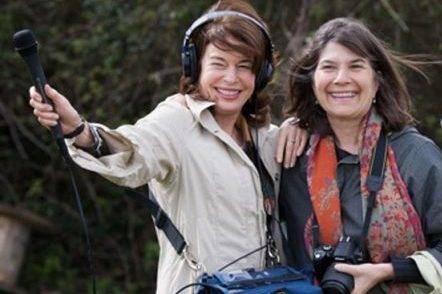
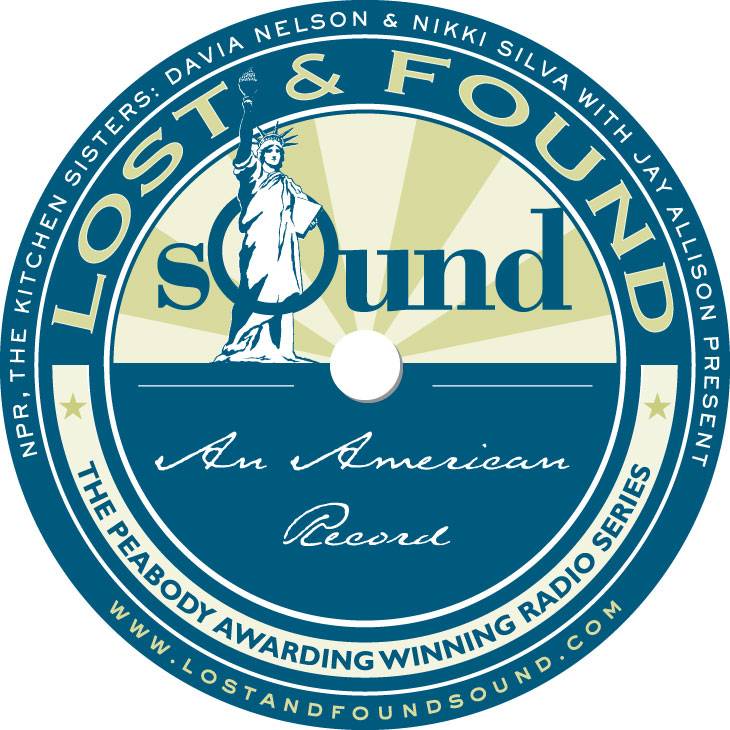
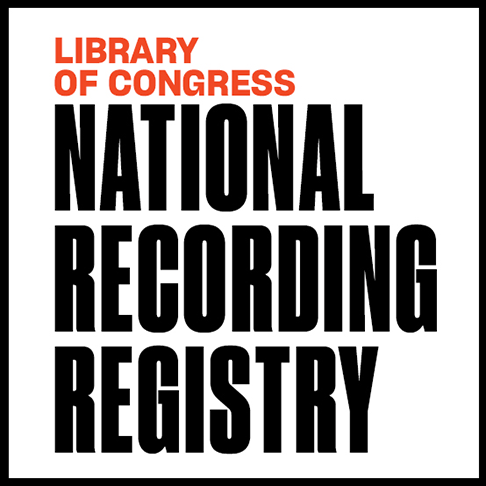

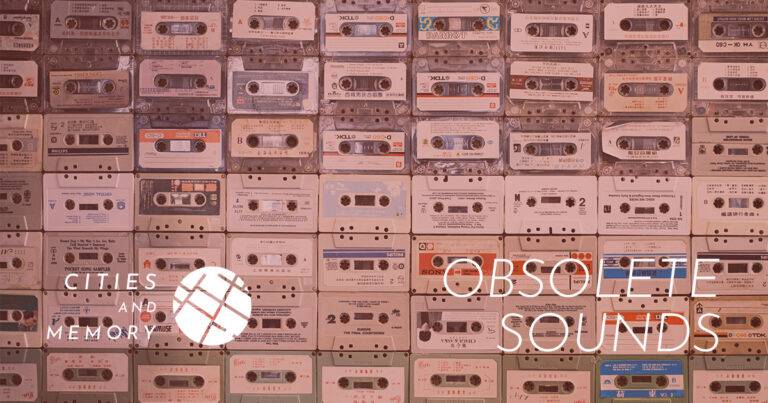
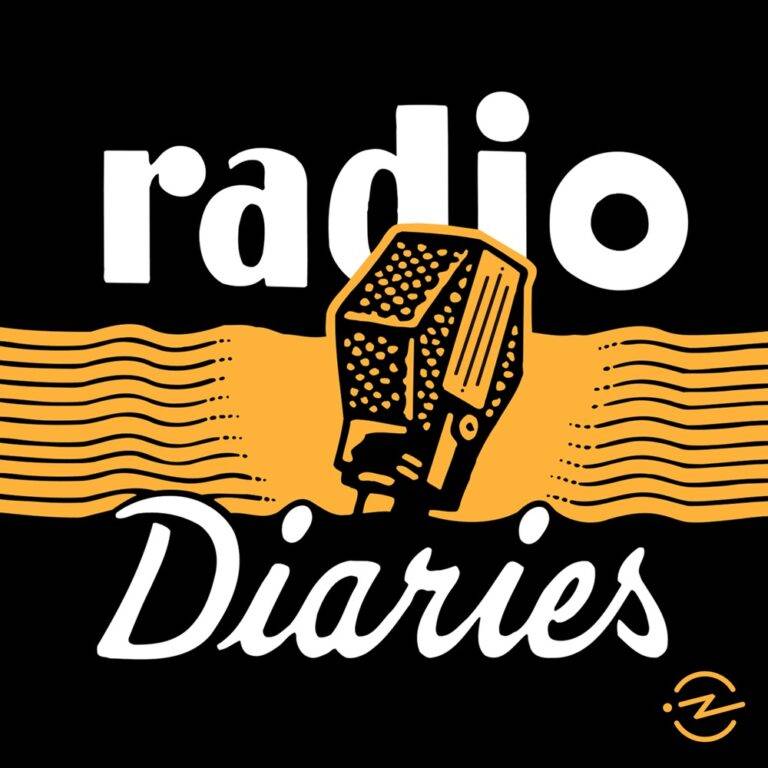
You must be logged in to post a comment.